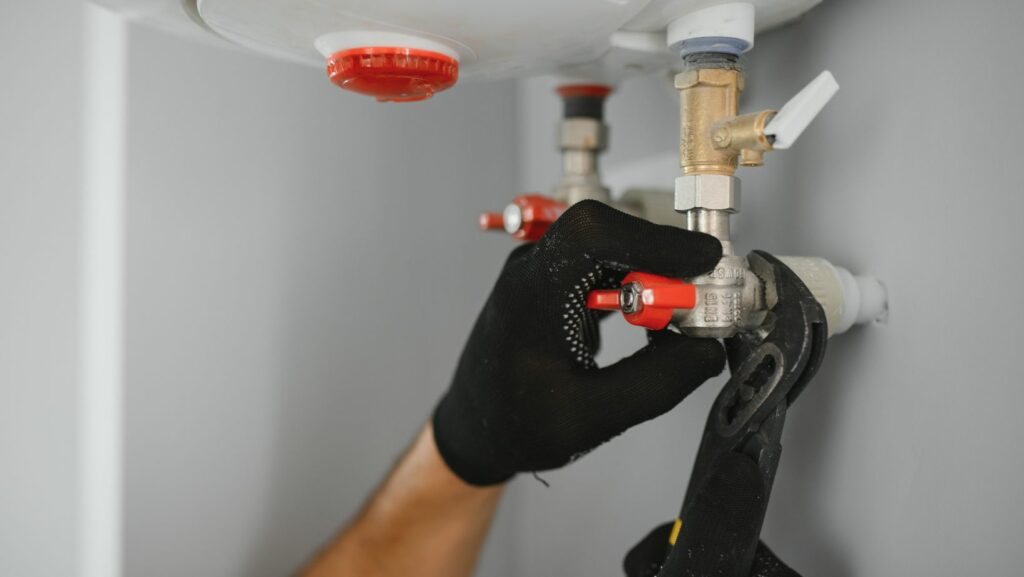Adding a fireplace to your home is more than just a design choice—it’s an investment in comfort, style, and efficiency. Today, gas fireplace installation has become a popular alternative to traditional wood-burning units, offering a cleaner, easier, and more controllable heat source. Whether you’re renovating your living space or building a new home, understanding the benefits, process, and considerations of gas fireplace installation can help you make an informed decision.
Why Choose a Gas Fireplace
Choosing a gas fireplace over a traditional wood-burning one offers several advantages. First, it’s highly efficient: gas fireplaces provide instant heat without the mess of ashes or the hassle of constantly stocking firewood. Second, gas fireplace installation allows for cleaner air inside your home, as there’s no smoke or harmful particulates released indoors. Additionally, modern gas fireplaces come in a variety of styles—from sleek, contemporary designs to classic mantelpieces—making it easy to complement any interior aesthetic.
Planning Your Gas Fireplace Installation
Proper planning is crucial to ensure a successful gas fireplace installation. Start by selecting the best location in your home. Most homeowners opt for the living room, family room, or master bedroom, but any area with proper ventilation and structural support can work. You’ll also need to decide between vented and ventless units. Vented fireplaces provide the most realistic flame and help exhaust combustion gases, while ventless models offer easier installation and greater flexibility in placement.
Size and heat output are other important factors. A fireplace that’s too small won’t adequately heat the space, while an oversized unit can be inefficient and costly. Additionally, always check local building codes and permit requirements before scheduling gas fireplace installation. Compliance ensures safety and avoids costly fines or rework.
The Gas Fireplace Installation Process
Understanding the installation process helps homeowners appreciate the expertise required for a professional gas fireplace installation. The process typically starts with assessing your home’s gas line and ventilation options. An installer will determine if your existing gas supply can safely support the fireplace or if upgrades are needed.
Next, the installation area must be prepared. Clearances around combustible materials are carefully measured, and the flooring and walls may need protective modifications. The fireplace unit is then securely installed, connected to the gas line, and integrated with the appropriate venting system. Once in place, the installer conducts safety checks, tests ignition and flame patterns, and ensures the fireplace meets all local codes. Proper professional installation not only ensures efficiency but also prevents hazards like gas leaks or carbon monoxide exposure.
Maintenance and Safety Tips
A well-installed gas fireplace requires minimal upkeep, but regular maintenance is essential. Schedule annual inspections to clean burners, check gas connections, and ensure venting systems are unobstructed. Installing carbon monoxide and smoke detectors near your gas fireplace installation is also recommended to maximize safety. Seasonal maintenance helps your fireplace operate efficiently, keeps energy costs down, and extends the life of your investment.
Cost Considerations for Gas Fireplace Installation
The cost of gas fireplace installation varies depending on unit type, complexity of installation, labor, and permit fees. Vented units may require more extensive ductwork, while ventless models can often be installed more quickly. Although the upfront investment may seem significant, the long-term benefits—energy efficiency, convenience, and increased home value—make it worthwhile. Some energy-efficient fireplace models may also qualify for rebates or incentives, reducing the overall expense.
Enhancing Your Home with a Gas Fireplace
A professionally installed gas fireplace can transform your living space.

Consider pairing it with a stylish mantel, a modern built-in unit, or a contemporary wall-mounted insert. Smart home technology can further enhance convenience, allowing you to control your fireplace remotely or set energy-saving timers. By integrating gas fireplace installation thoughtfully into your home, you can create a cozy focal point that adds both comfort and style.
Ready to Upgrade Your Home with a Gas Fireplace?
Choosing gas fireplace installation is about more than heat—it’s about creating a warm, inviting space that complements your lifestyle. Whether upgrading your current home or planning a new build, a professional installation ensures safety, efficiency, and lasting enjoyment. Consult a certified installer today to explore your options and experience the comfort and elegance of a modern gas fireplace in your home.


